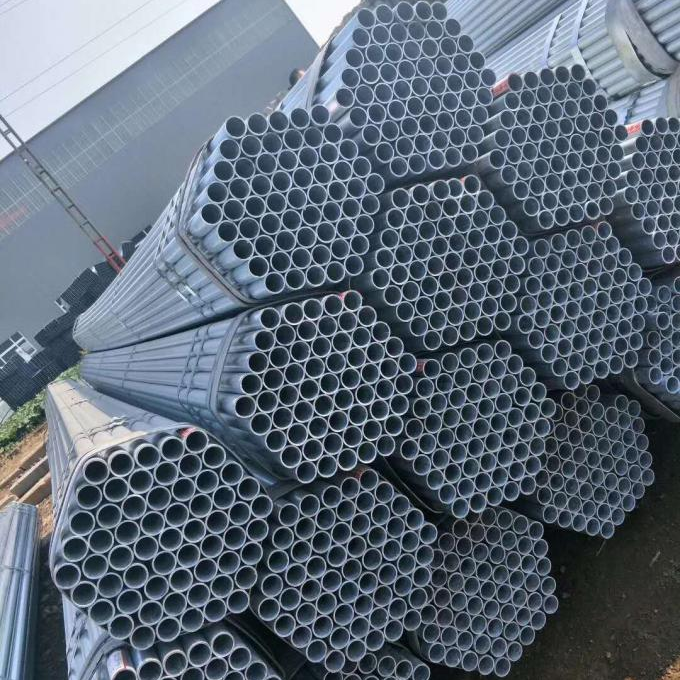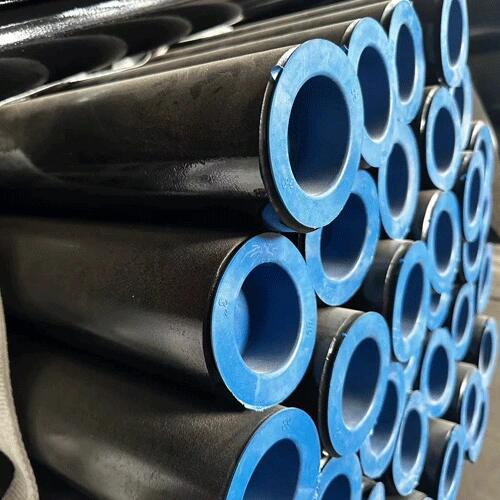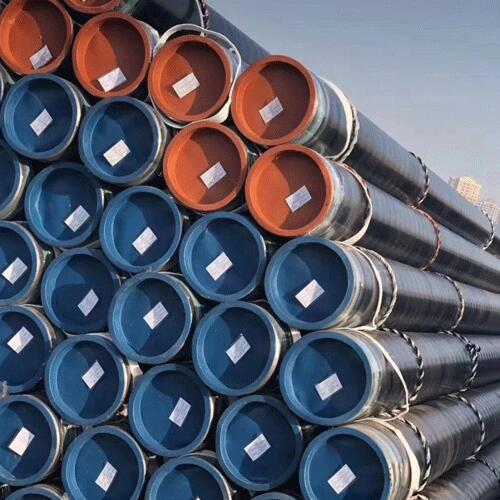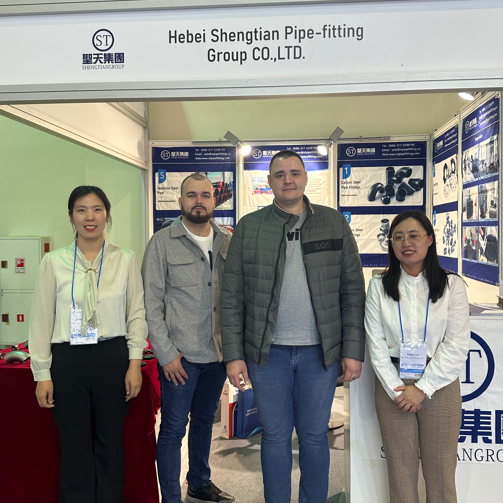Precision steel pipe is a high-precision steel pipe material processed by cold drawing or hot rolling. Due to the advantages of no oxide layer on the inner and outer walls of precision steel pipes, no leakage under high pressure, high precision, high finish, no deformation in cold bending, flaring, and no cracks in flattening, it is mainly used to produce pneumatic or hydraulic components, such as cylinders or Oil cylinders can be seamless pipes or welded pipes. Precision steel pipe has high dimensional accuracy and smooth surface inside and outside the pipe. After heat treatment, there is no oxide film on the inner and outer surfaces of the steel pipe. The steel pipe is flared, flattened without cracks, and cold-bent without deformation. deal with.
Production process: The production process of precision steel pipes is the same as that of ordinary seamless pipes, except for the final pickling and cold rolling process.
Process flow of precision steel pipe: tube blank—inspection—peeling—inspection—heating—piercing—pickling and passivation—grinding—lubricating and air drying—cold rolling—degreasing—cutting— Inspection – labeling – finished product packaging
Steel pipe difference:
1. The main feature of seamless steel pipe is that it has no welded seam and can withstand greater pressure. Products can be very rough as cast or cold drawn.
2. Precision steel pipe is a modern product, mainly because the inner hole and outer wall have strict tolerances and roughness.
National standard: national standard for precision steel pipes; is GB/T699-2008, the national standard for precision steel pipes; is GB/T3639-2008, and may also apply GB/T8162-2008 structural precision steel pipes. The European standard for precision steel pipe is: DIN2391
Basic use: precision steel pipes are widely used in automobiles, motorcycles, electric vehicles, petrochemicals, electric power, ships, aerospace, bearings, pneumatic components, seamless steel pipes for medium and low-pressure boilers, etc. Machining and other fields.
 How to apply hot dipped galvanized steel pipe?
How to apply hot dipped galvanized steel pipe?
 Why should Seamless steel pipes be epoxy powder coated?
Why should Seamless steel pipes be epoxy powder coated?
 ASTM A106 Thick-walled steel pipe production steps
ASTM A106 Thick-walled steel pipe production steps
 Shengtian Group successfully participated in the Russian Oil and Gas Exhibition
Shengtian Group successfully participated in the Russian Oil and Gas Exhibition